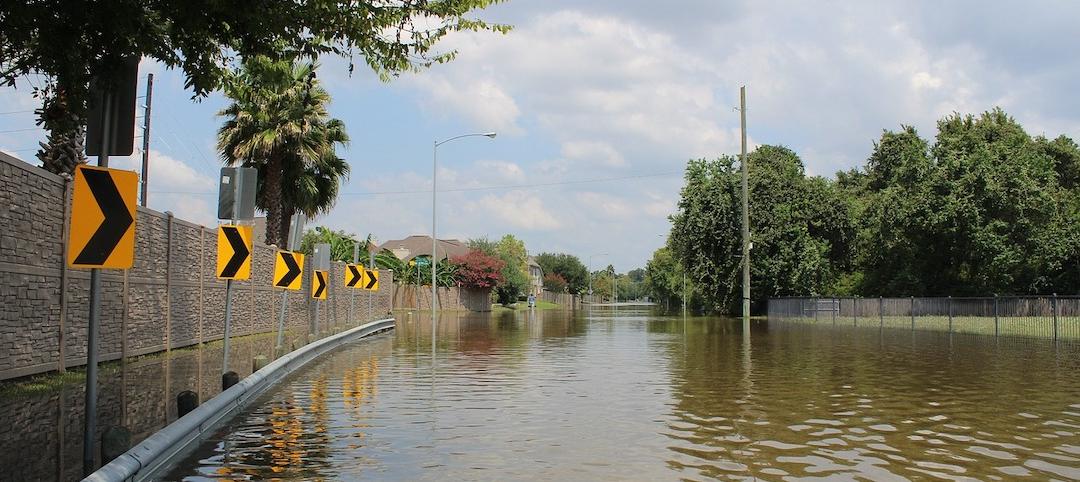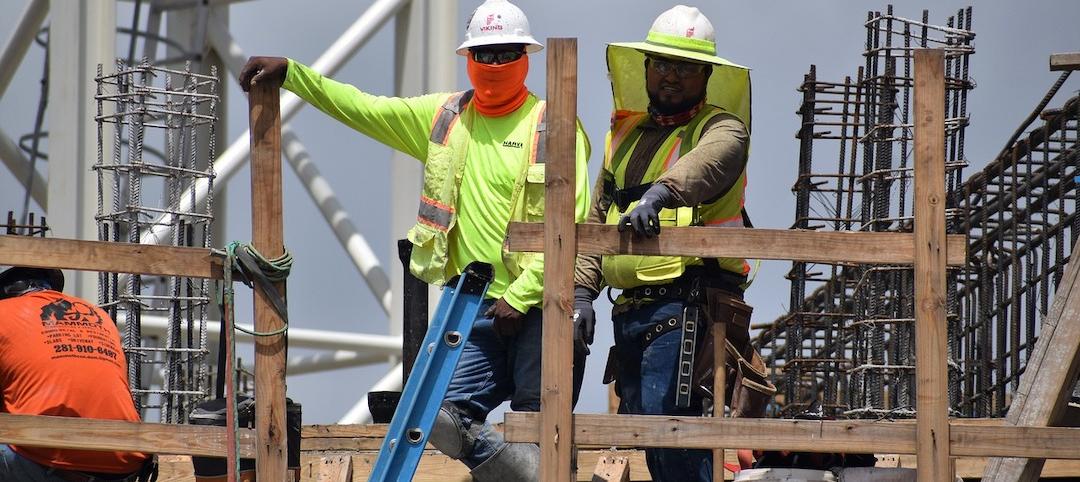The U.S. House of Representatives passed legislation that will create a voluntary energy-efficiency program modeled after Energy Star for commercial and government buildings.
President Obama is expected to sign the so-called Tenant Star law, which authorizes the U.S. Environmental Protection Agency to set up a branding, recognition, and certification program. Tenant Star is targeted for property owners and tenants who design, build, and operate leased spaces in office buildings.
Tenant Star encourages tenants, who, in some buildings, consume more than half of the power used by the building, to take measures to save energy. If the program is widely adopted, it could save landlords and tenants an estimated $2 billion by 2030 and reduce carbon emissions by nearly 12 million metric tons.
"Tenant Star will also go a long way to help ensure that U.S. buildings—and the separate spaces leased within them—are at the vanguard of technology and energy conservation,” says Anthony E. Malkin, Chair of The Real Estate Roundtable's Sustainability Policy Advisory Committee and Chairman and CEO of Empire State Realty Trust, Inc. “The program will allow building owners to attract financiers, investors, and tenants in the increasingly competitive national and global markets for real estate.”
Related Stories
Codes and Standards | Jan 19, 2022
Canada’s Trudeau seeking building codes changes, net-zero emissions building strategy
Prime minister also wants net-zero electricity grid by 2035.
Codes and Standards | Jan 18, 2022
Greater emphasis on building materials needed to achieve net-zero carbon offices
Engineered wood, straw, and bamboo can be keys to achieving goal.
Codes and Standards | Jan 17, 2022
AISC seeks comments on draft earthquake standard for steel buildings
Includes new limits for cross-sectional slenderness of steel columns based on latest research.
Codes and Standards | Jan 12, 2022
California’s wildfire building code significantly reduces structural loss
As other states consider upgrading their codes, Golden State provides useful model.
Codes and Standards | Jan 12, 2022
Regulator holding back climate-friendly, energy-saving equipment deployment, critics say
Heat pumps, solar power could be made more accessible for low-income communities in Massachusetts.
Codes and Standards | Jan 11, 2022
Cost hikes drive nearly one million renters out of homeownership qualification in 2021
Household income needed to pay a mortgage rose to $62,872 from $55,186.
Codes and Standards | Jan 10, 2022
New ratings services focus on climate risk for homeowners
Efficacy of models used in risk assessment varies.
Codes and Standards | Jan 6, 2022
Virginia contractors having a tough time finding diverse subs to meet state goals
Survey of primes may indicate similar issues at federal level.
Codes and Standards | Jan 5, 2022
Boston drops parking requirements for affordable housing
Measure expected to spur new projects.
Codes and Standards | Jan 4, 2022
Dept. of Energy Better Climate Challenge aims for 50% GHG emission reduction by 2030
Program offers technical assistance and peer-to-peer knowledge sharing.

















